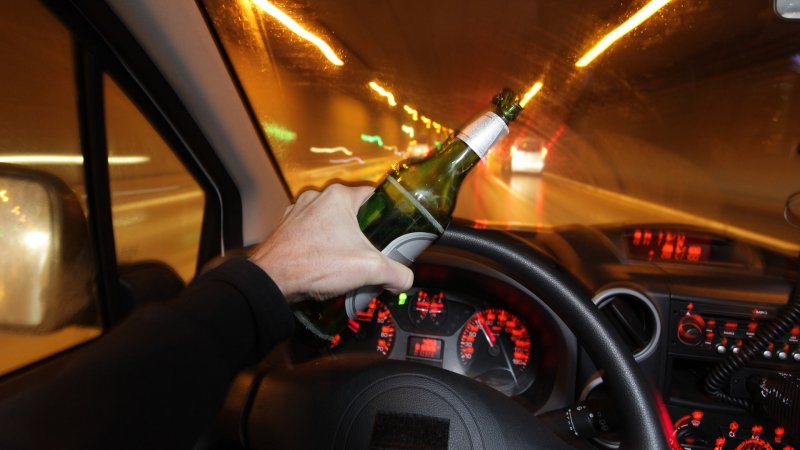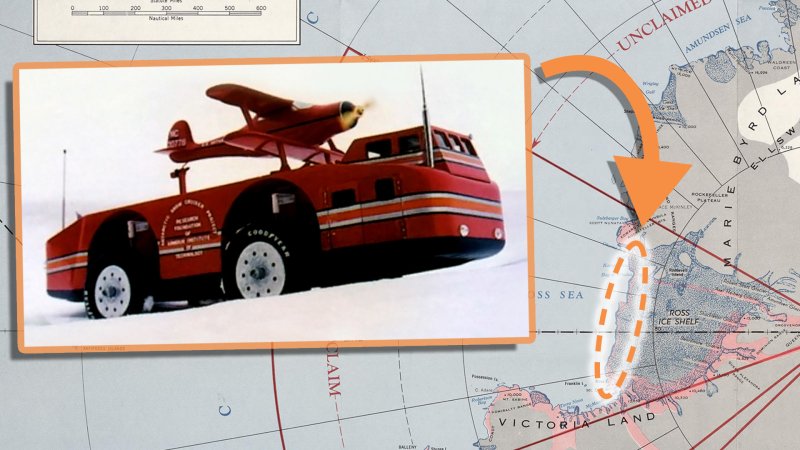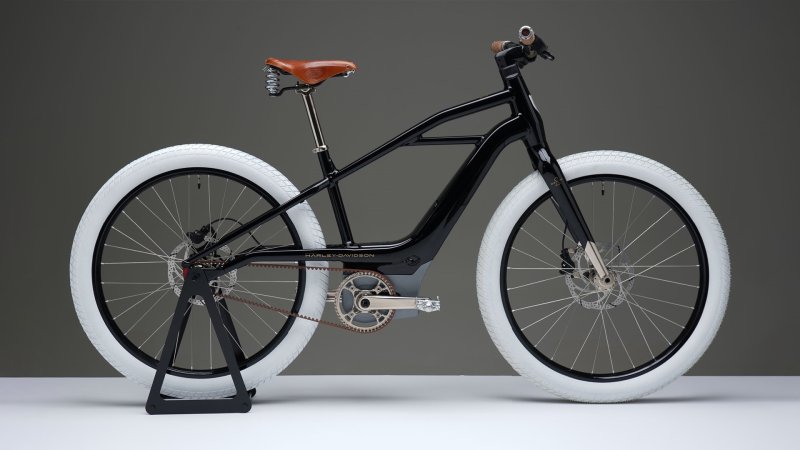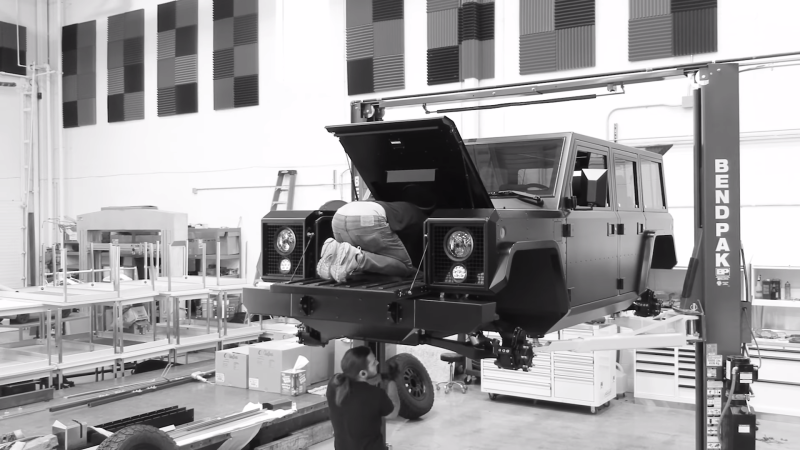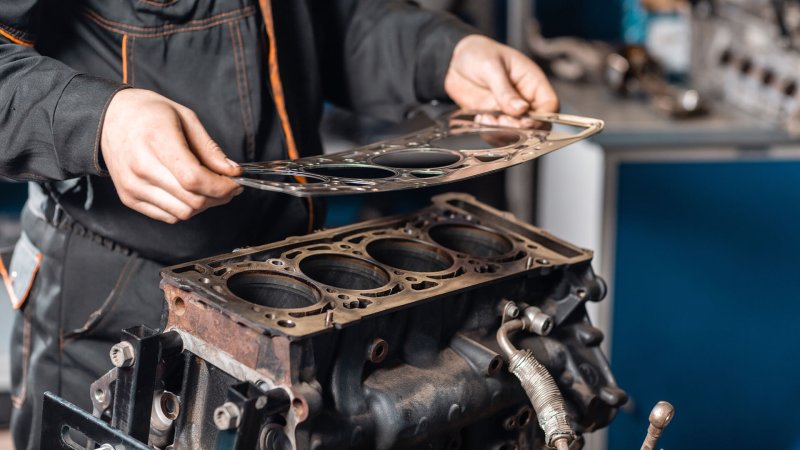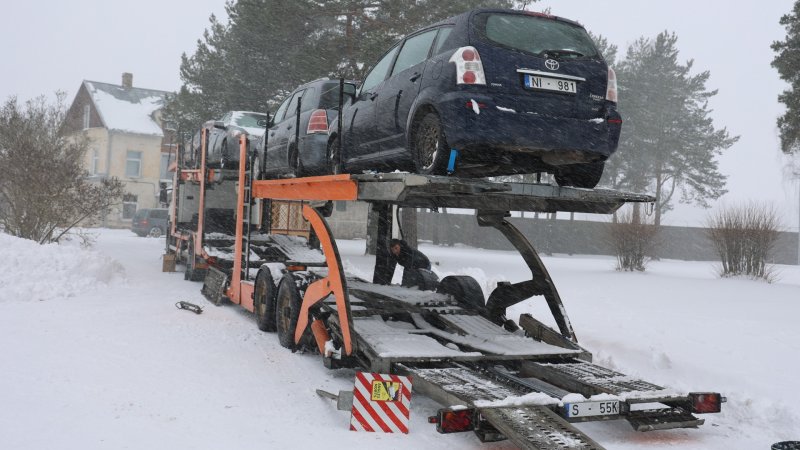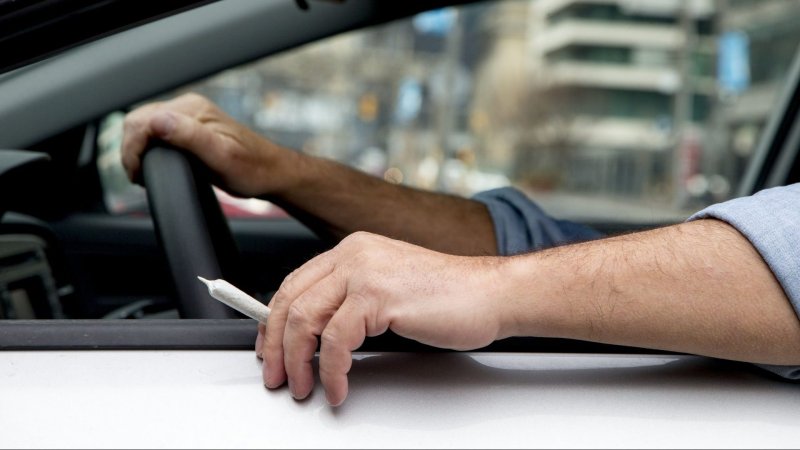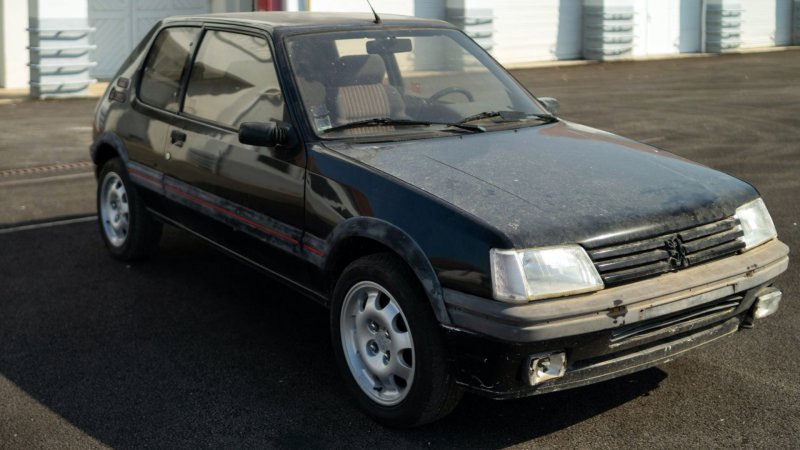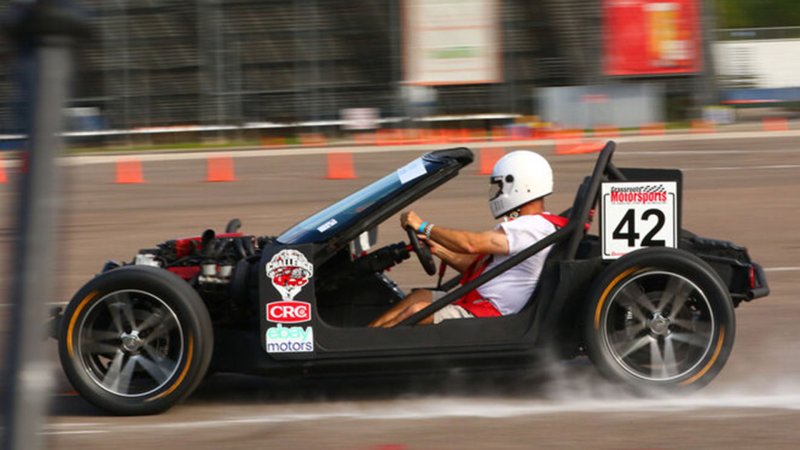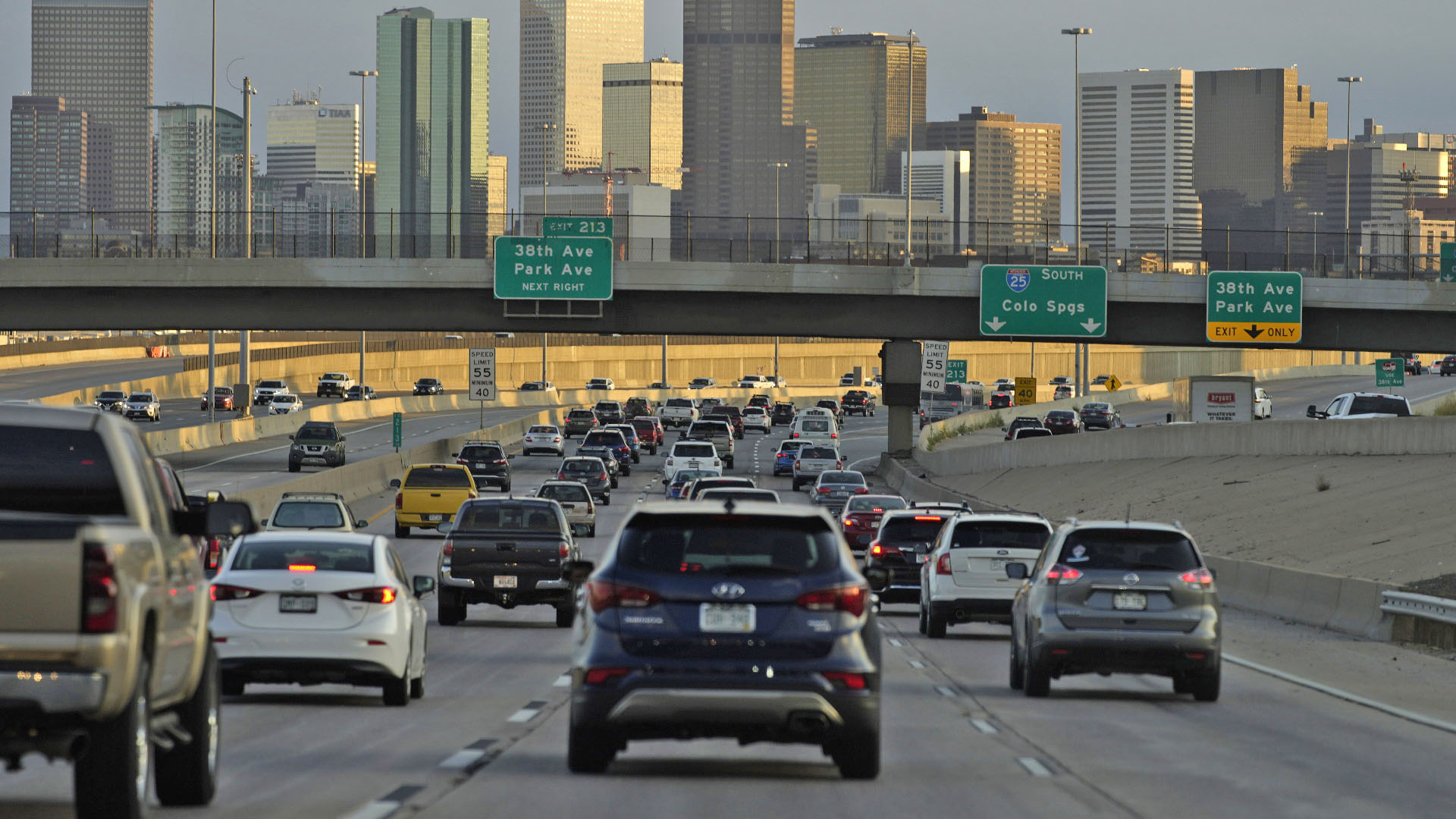

The $1.2 trillion, bipartisan infrastructure bill is set to become law after passing through the House of Representatives late on Friday of last week. The bill invests in the nation’s roads, bridges, EV charging networks, and more. It also has a few stipulations in it that will affect the way you use your car. One is that rear-seat reminders will become standard to help prevent hot-car deaths, while the other, more significant change on the scale of fatalities per year is that automakers must figure out a way for their vehicles to detect intoxicated drivers.
The text of the bill that defines this requirement does not reference any specific technology that must be used to detect an intoxicated driver. H.R.3684 spends right around 800 words defining the parameters of how something like this might work and speculating on the number of lives and money such a system might save with estimates from the Insurance Institute for Highway Safety.
The passage defining what Congress actually wants describes a system that can “passively monitor the performance of a driver of a motor vehicle to accurately identify whether that driver may be impaired; and… prevent or limit motor vehicle operation if an impairment is detected.” This is only half of the proposed system, though. The other half specifically references blood alcohol content, saying the technology must “passively and accurately detect whether the blood alcohol concentration of a driver of a motor vehicle is equal to or greater than the blood alcohol concentration described in section 163(a) of title 23, United States Code; and… prevent or limit motor vehicle operation if a blood alcohol concentration above the legal limit is detected.”
Basically, lawmakers want the auto industry to figure out a way to detect if a driver has a BAC above the legal limit, and restrict the operation of the vehicle if this is the case. The bill also notes that this system can be a “combination of systems described in subparagraphs (A) and (B),” which are the two previously quoted passages.
Now, these passages, as is the case with any law, are open to interpretation from a sea of lawyers. Exactly what ways automakers figure out how to make this stuff work is going to be on them. Is it possible for one of them to put a breathalyzer in all of their cars? That seems unlikely given the backlash that it would inevitably unleash, but it’s not impossible. Also, we don’t want to speculate on how this portion of the bill will be interpreted legally, but as we mentioned, the lawyers will certainly be finding ways to define what this law actually means in the scope of automotive technology.
H.R.3684 defines a timeline for this rule being implemented, and it could easily take until 2026 for things to get rolling. When the bill is signed into law, which will likely happen next week, there will be a three-year period of discussion between regulators and automakers to work out the best solution to make the law’s text a reality. This can be extended for an additional three years, though. So, altogether, it could be another six years until any decision is made. After this period ends, there will be another two to three years of time given to automakers to install this technology in their cars.
As the Associated Press reports, though, things don’t always go as planned when it comes to rules like this. It cites a number of regulations, specifically those mandating rear seatbelt reminders, that haven’t been enacted despite sitting around for nearly a decade. The NHTSA, according to the AP‘s report, can be rather slow-moving when it comes to situations like this. The maximum allotted timeline for this intoxication-detecting tech’s installation in cars is effectively nine years; however, it’s possible it could stretch on for longer. The text later on in this section of the bill alludes to this possibility, stating that if 10 years have passed and this mandate hasn’t been implemented, the Secretary of Transportation is gonna have to explain why and provide some possible steps forward.
So this bill is going to eventually mean that cars will be able to detect drunk driving, but the nature by which they do it and the timeline by which the mandate is enacted are somewhat fluid. It’s easy to imagine automakers may end up going with a setup similar to the drowsiness detecting systems that some cars are equipped with now, only altered to have the ability to disable the vehicle. Whatever solutions automakers come up with, though, it’s going to take some time before we actually see them put into play.
Got a tip? Send us a note: tips@thedrive.com
